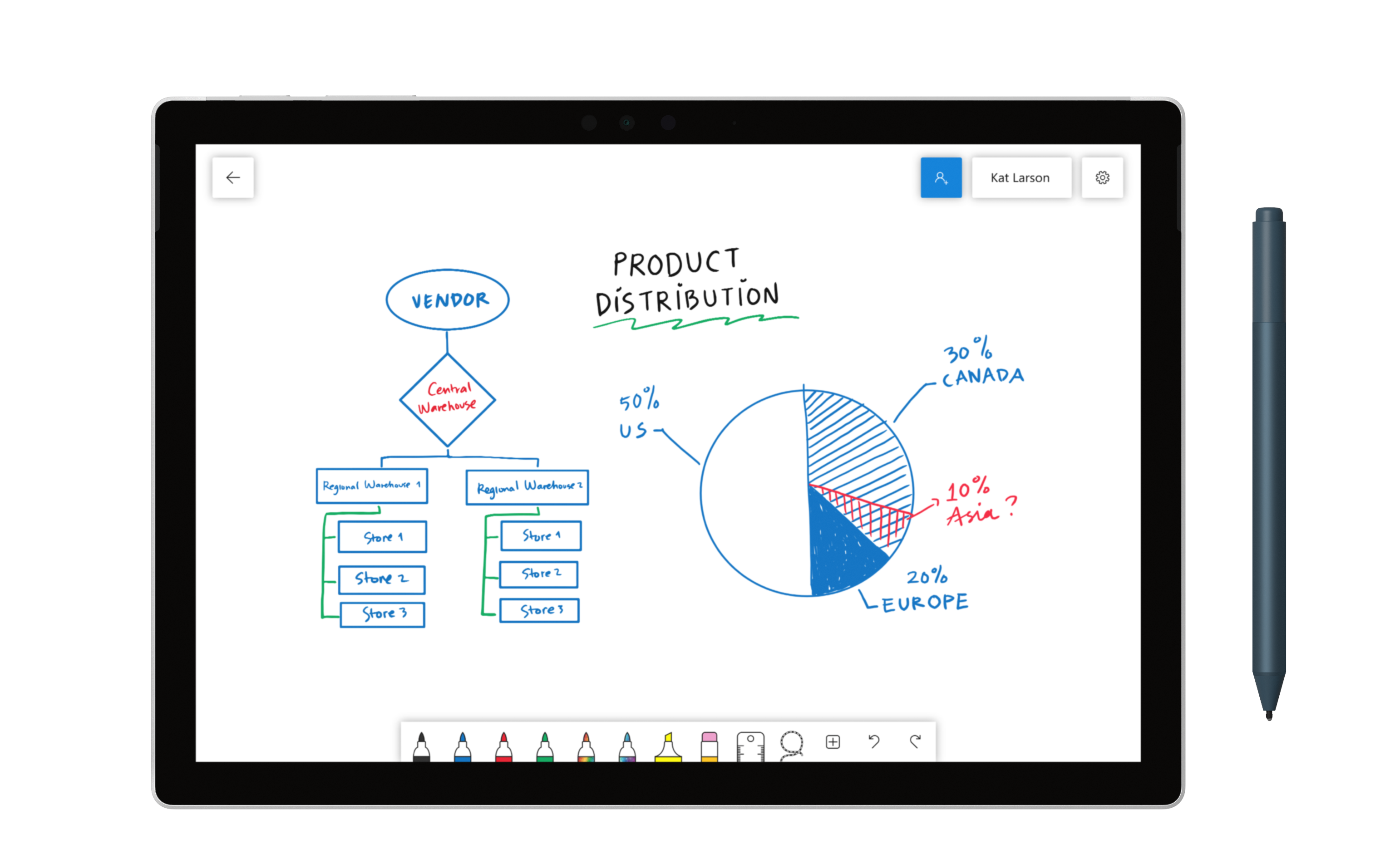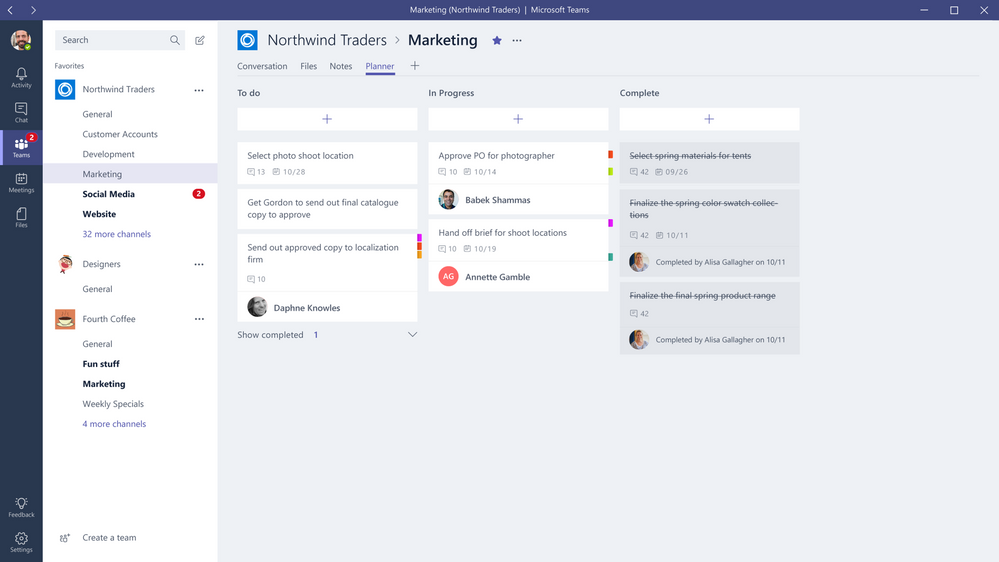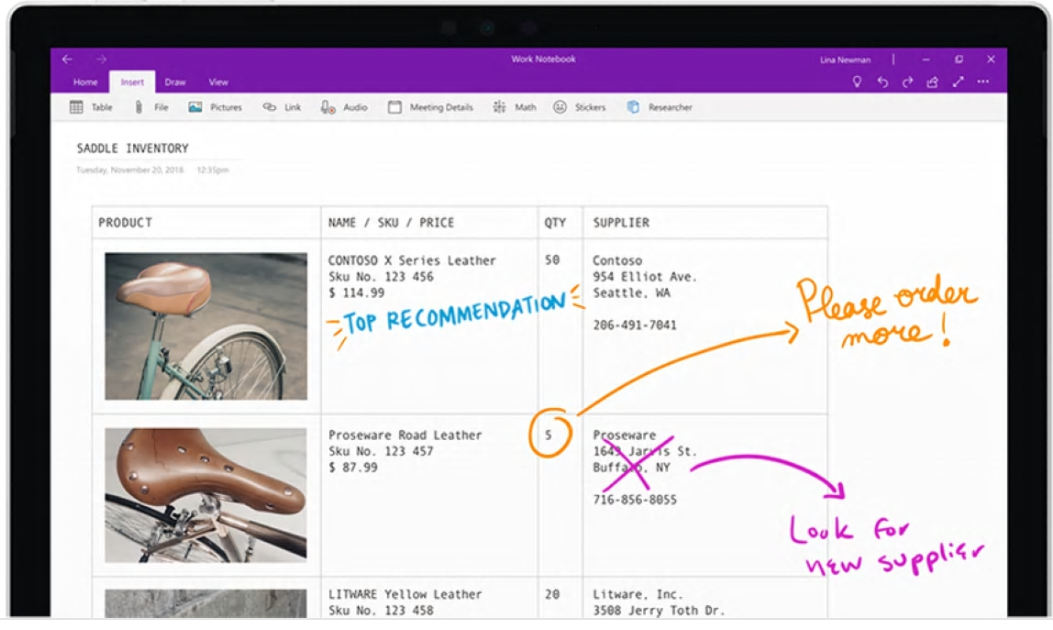Part One: Having a remote idea
The current global crisis brings many challenges but also opportunities. As we adapt to life working from home, once the remote meeting tech is handled, what comes next?
With the range of tools that exist to enable working from diverse locations, there is no need to put all of your plans on hold. In this, the first post in a series of two, we look at how digital, modern workplace tools can support bringing new products and services to market for businesses of all sizes.
We start with a salutary tale...
The rocky road to market
Imagine you’re preparing for the launch of your next incredible new product. Deadlines are everything and as launch day approaches, stress levels rise. The spreadsheet where the boss created your go-to-market plan has been your lord and master for the past few months.
But not for much longer. Today is the day you approve the packaging design, one of the last few tasks you need to achieve before you jet off on holiday.
The email was sent to your colleague a short time ago. A bit eleventh hour for your liking but, at least that vital PDF is here now. Returning from a short trip to check the new product’s aisle in the warehouse is now ready and labelled, you walk into the office to find your colleague Ben, with his head in hands.
Reminding him that you absolutely have to leave on time tonight and your cab to the airport is coming in just two hours, he turns to you and simply says. “We have a problem”.
Ben opened the email containing the product design, leaving the PDF displayed on screen for you to see. Then, being the tidy inbox champion of your company, he deleted the original. It was at that moment; he kicked the extension lead under his desk and his PC went dark.
After a re-boot, he can’t find the file on his computer and the email has gone forever.
You ask him to call the designer and get them to send it again. Ben has already tried that. No-one is answering. It’s 5:47 pm.
You tell Ben not to panic. You have the designer’s personal mobile number on an old email somewhere. Fifteen minutes later, you’re still scrolling back through emails from two years ago in an inbox which contains 5,608 messages.
You ask Ben why he didn’t save the PDF to your shared drive. He points to the server cupboard at the other end of the office and informs you that the power supply on the server died earlier in the afternoon. He’s ordered a replacement, which he’ll fit on Tuesday.
Tuesday? Of course, Monday is a bank holiday. You remember the designer said she was going on holiday at the same time as you. Off for three weeks climbing remote mountains in New Zealand.
As you start dialling the MDs number, a taxi arrives outside your house and toots its horn.
It could have all been so different…
No matter what disaster you or your industry may face, business won’t stop for you. You will still need to purchase and sell and ultimately make a profit or risk extinction. It is vitally important that you are prepared as a business to deal with disasters like the one above so that you can continue to carry out business.
So how do you ensure that you aren’t left behind in the instance of a catastrophe like the scenario above?
Better together
Collaboration is paramount to productive and effective work. Software that is designed to operate in the way that you do; in Teams, creates an efficiency that has seldom been realised up to now. A centralised hub for all the team’s conversations, files, plans and notes reduces the need for moving between multiple apps.
Plus, seamless integration with voice and video calling makes collaboration with remote and home workers a simple as if they were sat right next to you.
This is of particular importance in the new digital age, as remote working is now becoming the norm. It’s paramount for businesses to futureproof themselves by implementing an infrastructure that can support the modern workplace.
One of most important processes you go through during business is new production introduction. Below, we’ll walk through how you can use the tools, beyond the Office 365 products that you may be familiar with, to enable a smoother, more efficient and less chaotic workplace no matter how severe the challenges your business may have to deal with.
Be the people with the plan
Any process is a set of steps aimed at achieving a specific goal. Many of us are used to creating to-do lists at the start of a project and the more adventurous will be Excel spreadsheet gurus with multi-coloured, multi-phased plans that we guard jealously (and won’t let anyone else update in case they destroy the formatting).
There is a danger to this approach, however.
If the ‘keyholder’ i.e the person who has developed the to-do list or the person who has built the spreadsheet holds these files locally and they for some reason can no longer work, the project has to work backwords to establish where they are and what they need to do going forward.
There is another way. Microsoft Whiteboard and Teams Planner, both part of the Office365 suite.

The first tool facilitates brainstorming. A key part of the process where product related ideas and tasks are taken from the team. With Planner these work items can be placed on a single digital pile, called simply “To-Do”.
Next, you categorise the tasks ahead into “buckets”.
These may be:
- Value Proposition
- Costing
- Pricing
- Sales Material
- Packaging
Now, it’s a simple matter of dragging the tasks from the to-do and placing them in their relevant bucket. You can then agree the detailed steps for each task and reflect those on the planner, assign the task to a team member and most importantly of all set that due date.

Microsoft Teams will remind you when tasks are due and the chart view gives you a visual picture of progress to drive discussion in project meetings.
If during the brainstorming you need to draw or make notes, then adding a shared OneNote to the team is the solution. This tool allows you to draw freehand as though using a whiteboard, with highlighters. But also has the added advantage of being able to incorporate text and images.

So, if you’re not quite ready to let go of the physical board on your home office wall, snapping a shot of it with your device via the Office Lens app means those nuggets of whiteboard gold are captured right alongside the rest of the project information.
All members of the team can see the latest version of the plan and the notes instantly. Imagine the time you’ll save composing emails and forgetting to attach those documents!
All this and not a single post it note or spreadsheet in site.
But wait!
While you've been busy on that call, planning the launch, another 20 emails have arrived, demanding attention in your mailbox. Join us for part two of this series and we'll talk about how to get organised in your inbox and beyond.
In the meantime, when building a 'modern workplace', what questions should you ask yourself? Take a look at our eBook to get a head start...

